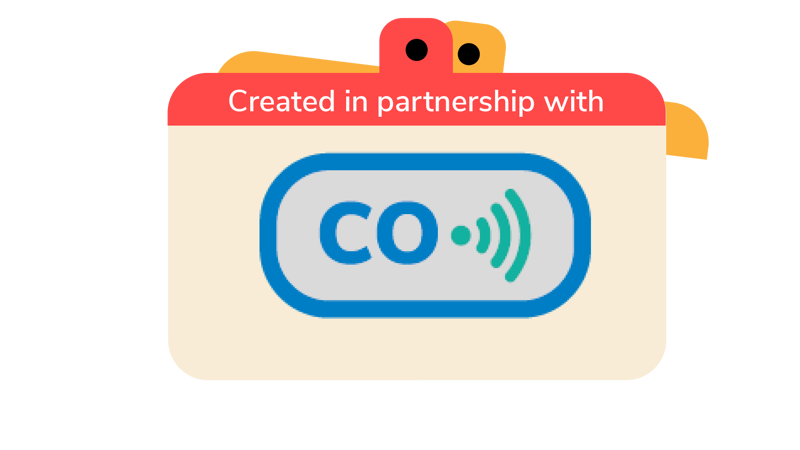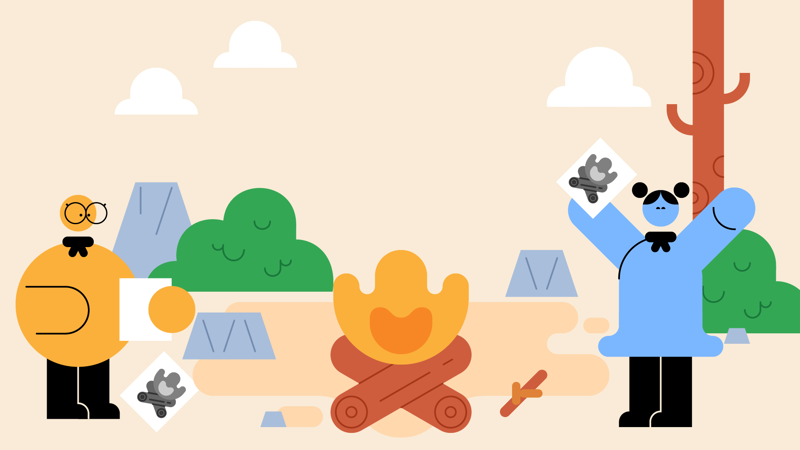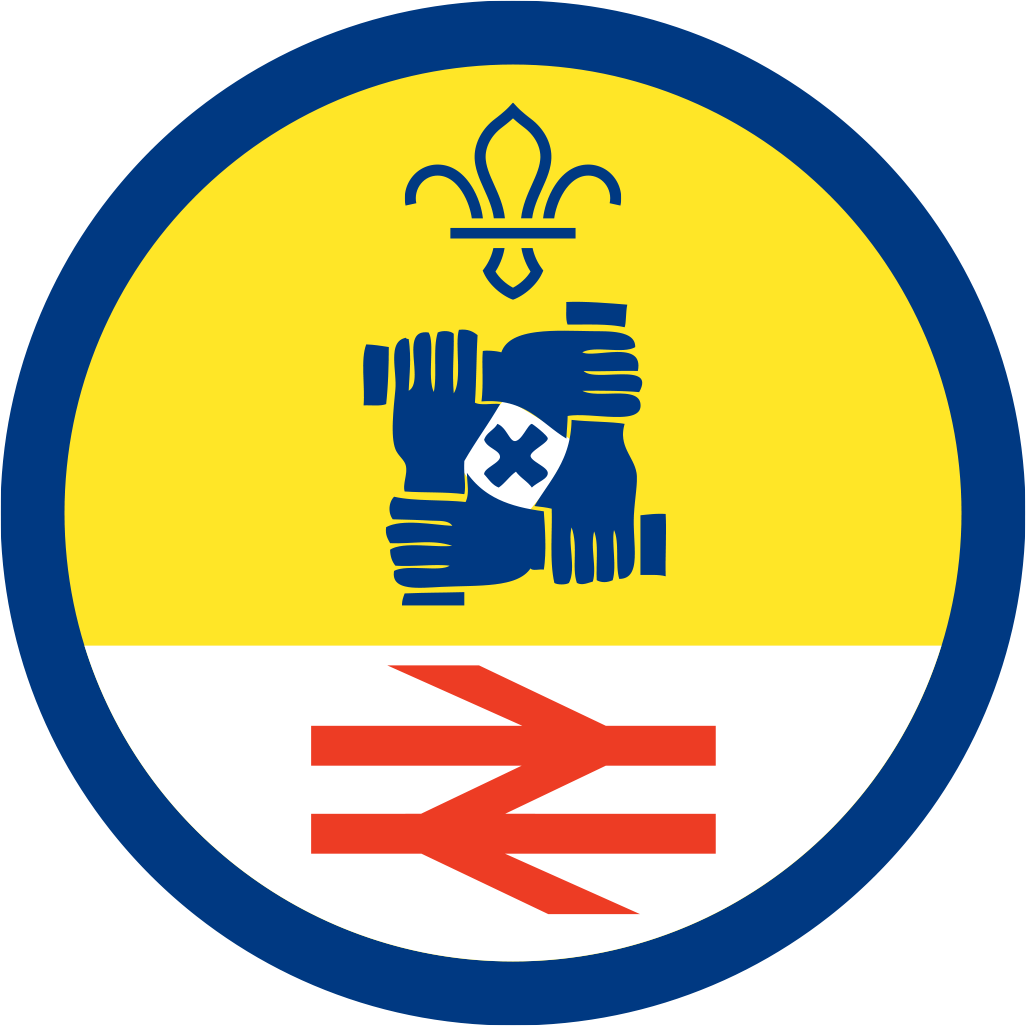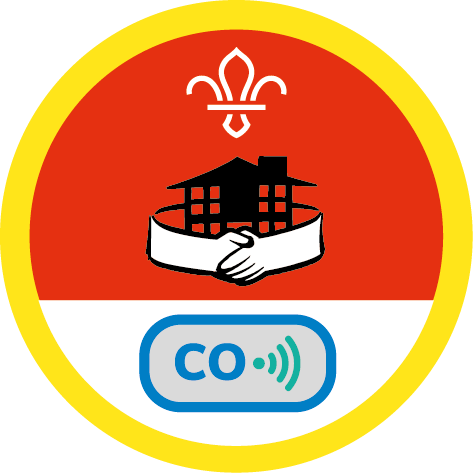
Make a picture from cold campfire ash
You’ll need
- Scrap paper
- Ash

Before you begin
- Get your hands on some ash. You could get this from a campfire or barbecue after it has fully cooled.
- Only use ash from a fire that burnt wood or charcoal to make sure it is safe to handle.
- Check there are no nails or hazards within the ash.
Get your hands dirty
- Split the ash between everyone by putting some on pieces of paper around your space.
- Share out paper for everyone to draw on, you could use small scraps of paper or large rolls to create a large group picture.
- Think about what to draw. You could draw the fires that make the ash, or the trees that are burnt to make the fires. Or just anything draw you want!
- While everyone is drawing ask them where ash comes from, and if they have seen it before.
Carbon monoxide
- Explain to the group that ash and soot comes from burning things, and sometimes when things aren’t burnt properly, they can make something called carbon monoxide. Carbon monoxide is a poisonous gas that we can’t see, hear, smell, taste, or touch.
- If we ever see ash or soot inside on things like cookers and boilers, we know they aren’t working properly and could be making carbon monoxide.
- If we see ash or soot inside or hear a carbon monoxide alarm, which sounds like a fire alarm, we should leave the building carefully and tell an adult straight away.
A carbon monoxide alarm detects carbon monoxide in the room and makes a loud sound to warn of the danger. You could test the alarm to let everyone hear the sound too.
- Barbecues are common source of carbon monoxide and should never be used inside or in a tent, even a big one. Even once they have gone out they can continue to give off dangerous fumes and should not be stored inside.
Reflection
Getting mucky and drawing pictures is great fun, but remember the ash comes from something dangerous and if you see it anywhere you should let an adult know. When was the last time you saw a fire? What did you do to keep safe? What other things around the house could be dangerous? How can we make sure we don’t hurt ourselves on them?
Safety
All activities must be safely managed. You must complete a thorough risk assessment and take appropriate steps to reduce risk. Use the safety checklist to help you plan and risk assess your activity. Always get approval for the activity, and have suitable supervision and an InTouch process.
- Craft: Unusual substances
Supervise young people appropriately when they’re using unusual substances, such as powdered paint, ash or dirt. Be aware of any medical conditions that could be affected by what’s being used. Make sure you follow all relevant safety guidance or manufacturers guidelines, where available. Make sure you dispose of it appropriately too, in line with safety guidance.
Make things more challenge by splitting into groups and creating big group pictures.
Consider using dark coloured pencils or getting some artists charcoal sticks for anyone that doesn’t like touching the ash.
All Scout activities should be inclusive and accessible.
Can you think of where else ash might come from? Next time you see some, try and remember where it came from and come back and tell your friends. Click here to see more guidance on carbon monoxide safety.
Learning about dangerous things can sometimes be a little scary. Make sure to allow time for answering questions to help reassure everyone and make them feel safe.

